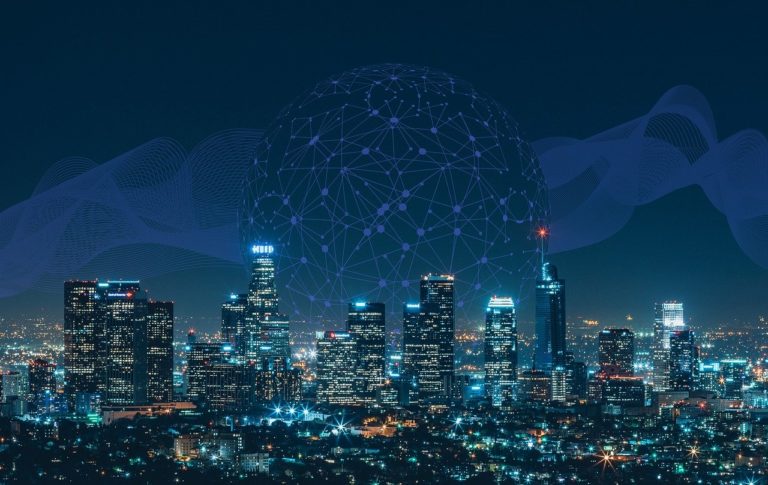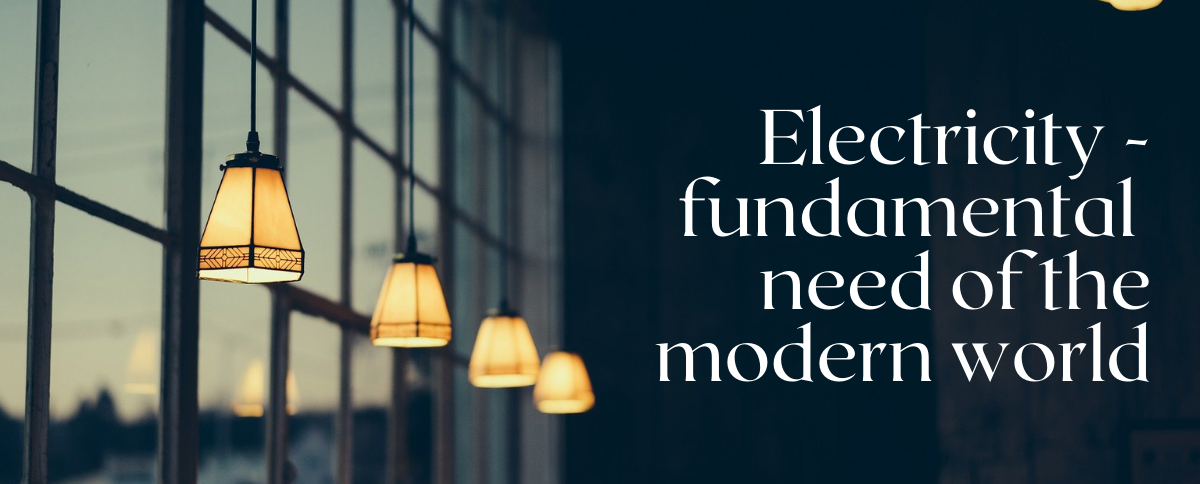“If you want to find the secrets of the Universe, think in terms of energy, frequency and vibration,” said Nicola Tesla, known for some of the greatest contributions in the field of electricity and power. How important is power? Today, we rely on electricity for so many things. Our life comes to a pause if there is no electricity. It impacts our society in many ways. We know that communities are well developed when they have a solid base. Electricity provides that solid basis through which communities can have access to safe water, better health conditions, food security, lighting and much needed information as well.
EMPOWERING COMMUNITIES
Ensuring universal access to affordable electricity by 2030 is part of UN’s sustainable development goals. Proper access to electricity is critical for improving living standards, eradication of poverty and achieving sustainable development. In places of extreme weather conditions, where life would be difficult, electricity makes it possible to live. In most urban areas, electricity provides relatively cheap and safe lighting at homes. All domestic appliances and other electronic gadgets like TV and computers need adequate power supply. Beyond domestic life, electricity is the main factor for industrial development too. In the past, industries could only be located near sources of power. Now, power can be easily transmitted along distances. Therefore, industries can be located anywhere. These are just some of the ways electricity benefits society. Isn’t it quite hard to imagine even a day without electricity, let alone a life without it?

INNOVATION PAVES THE WAY
In a rapidly developing country, it is only natural that the need for electricity increases. 24 hours of power supply is a necessity and not a luxury. This is true even for remote areas. But, transmission of electricity can be quite challenging in places that have rough terrains and harsh weather conditions. It is notable that in such a scenario, Sterlite Power took up the Northern Region Strengthening Scheme–29 (NRSS-29) project in Jammu and Kashmir. In a valley prone to avalanches and landslides, it was quite a task to transport material to the site. Nevertheless, with the help of helicrane – an innovative aerial technology, they were able to air drop building material. This further reduced risks and delays. After the completion of the project, they began transmitting electricity to the valleys of Kashmir, through Jalandhar. As a result, Kashmir now has a 70% increase in transmission capacity.
Apart from the challenges of rough terrains and remote areas, utilities also face difficulty in efficient and economic transmission, This is because of our modern lifestyle. Designing, building and maintaining an infrastructure for power supply and distribution is difficult in the rapidly growing cities where there is very little free space. Most of the power structure has been added ad hoc to meet the growing cities. Rather than laying new transmission lines in an already overcrowded space, upgrading of the existing lines is viable.
This is where Live-Line reconductoring comes to the rescue. This obviates the need for shutdowns and there is an uninterrupted power even during execution and changeover. Sterlite Power recently undertook and completed India’s first Live-Line reconductoring project in Bengaluru’s electronic city. As we know, long span river crossings as well as hilly terrains are challenging locations for efficient transmission of electricity. Sterlite Power led the way in launching ACCC ULS Ganga, transforming the way transmission lines are built across long spans. Ensuring proper supply of electricity in such places requires overcoming several hurdles. Sterlite Power has managed to do just that, thanks to innovative technology and dedication.
SMART IDEAS BUILD SMART CITIES
Smart Cities deploy technology and data to give smart solutions. And utilities play a crucial role in making these cities ready for the next step. Urban planning and execution requires detailing in various areas for which we need connectivity, power supply and mobility. However, power transmission has often come at a cost. Progress has had the side effect of climate change. Urbanization must happen without losing the natural balance of our ecosystem. A smart city needs development in a sustainable environment. This can be achieved through the use of new technologies. Again, we would quote Sterlite Power, which has been working towards achieving this kind of sustainable development at a global level.
THE POWER OF ESTABLISHED SOCIETIES
The value of having strong communities is universal. The key to unlocking the power of a community lies firstly in electricity generation, transmission and lastly, the end use. Every household deserves reliable power supply leading to a comfortable life. On our way to building a modern world, we need to preserve nature. This will only happen when technology works hand in hand with sustainability. Electricity must be economical, but certainly not at the cost of the environment. Progress without creating a negative environmental impact as Sterlite Power believes, is a belief that can make sustainable development achievable. The power sector can lead the way towards a sustainable society.
SOLAR POWER ON A GLOBAL LEVEL
India, in 2019 came up with the initiative to build an ecosystem of interconnected renewable energy sources that can be globally shared. This was called ”One Sun. One World. One Grid.” The idea is to share solar power by building a transmission ecosystem. Pratik Agarwal, the Managing Director of Sterlite Power elaborated on this idea in an article recently that was around the concept of inter-continental power grids in Fortune INDIA. It is an idea that can definitely become a reality and lead to a more sustainable and green future, which we all need.
We must move towards development, without neglecting the health of our planet or forgetting the core values that make us human.






